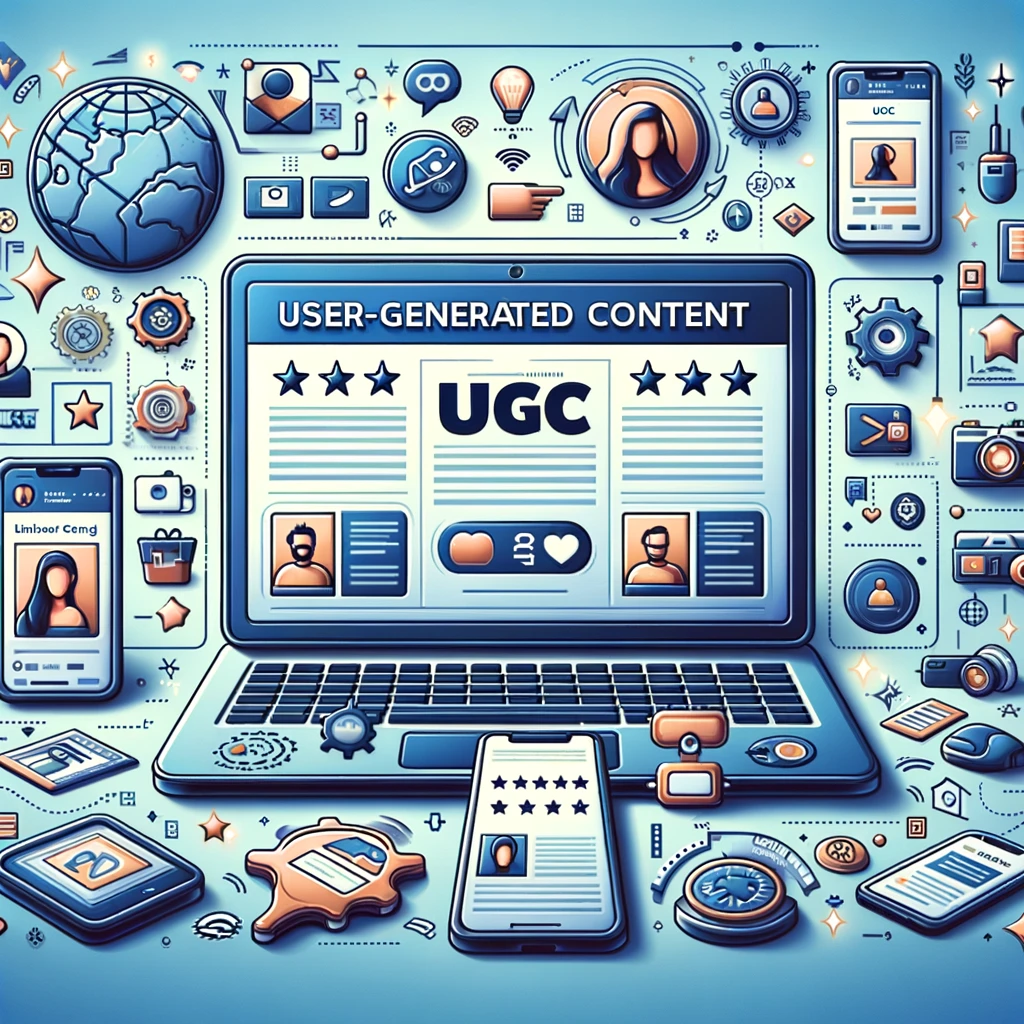User-Generated Content (UGC) has become a powerful tool in the digital marketing landscape. As consumers increasingly rely on the opinions and experiences of their peers, UGC provides an authentic and engaging way for brands to connect with their audience. Here’s a comprehensive look at what UGC is, how it works, and its advantages and disadvantages.
What is UGC?
User-Generated Content (UGC) refers to any form of content created by users or consumers rather than the brand itself. This content can include reviews, testimonials, social media posts, videos, blogs, and photos. UGC is typically shared on social media platforms, review sites, and other online communities, and it can significantly influence potential customers’ perceptions and purchasing decisions.
How UGC Works
UGC works by leveraging the authentic experiences and opinions of real customers to build trust and credibility for a brand. When consumers share their experiences with a product or service, it provides social proof, which can be more persuasive than traditional advertising. Brands can encourage UGC by creating engaging campaigns, contests, and hashtags that motivate customers to share their content.
Here’s how UGC typically works:
- Encouraging Participation: Brands encourage customers to share their experiences by creating specific hashtags, contests, or campaigns.
- Collecting Content: Users generate content related to the brand and share it on social media or review platforms.
- Curating and Sharing: Brands collect this content and share it on their own channels, such as their website, social media profiles, or marketing materials.
- Engaging with Users: Brands interact with users who create content, fostering a sense of community and appreciation.
Advantages of UGC
- Authenticity and Trust: UGC is perceived as more authentic and trustworthy because it comes from real customers rather than the brand itself.
- Cost-Effective: UGC can significantly reduce content creation costs, as it leverages the content created by users.
- Engagement and Community Building: Encouraging UGC fosters a sense of community and engagement among customers, strengthening their connection to the brand.
- SEO Benefits: UGC can improve SEO by increasing the amount of fresh and relevant content on a brand’s website and social media profiles.
- Increased Reach: When users share content related to a brand, it can reach a broader audience, increasing brand awareness and visibility.
Disadvantages of UGC
- Quality Control: Brands have less control over the quality and accuracy of UGC, which can sometimes lead to the dissemination of misleading or negative information.
- Moderation Requirements: Managing and moderating UGC can be time-consuming, requiring resources to ensure that content aligns with brand values and guidelines.
- Inconsistent Messaging: UGC may not always align with the brand’s messaging and tone, potentially leading to inconsistencies.
- Legal and Ethical Concerns: Brands must ensure that they have the right to use UGC and that it complies with legal and ethical standards, including obtaining permissions from content creators.
Encouraging UGC
To effectively leverage UGC, brands should focus on several key strategies:
- Create Engaging Campaigns: Develop campaigns that encourage users to share their experiences. This can include contests, challenges, and hashtag campaigns.
- Offer Incentives: Provide incentives such as discounts, freebies, or recognition to motivate users to create and share content.
- Make It Easy: Simplify the process for users to share content by providing clear instructions and easy-to-use platforms.
- Showcase UGC: Highlight user-generated content on your website, social media profiles, and marketing materials to show appreciation and encourage more users to contribute.
- Engage with Users: Interact with users who create content by liking, commenting, and sharing their posts. This fosters a sense of community and strengthens customer relationships.
UGC in Comparison to Other Content
While UGC is a valuable content strategy, it’s important to understand how it compares to other types of content:
- Brand-Generated Content: Content created by the brand itself, which allows for complete control over messaging and quality but may lack the authenticity and trust of UGC.
- Influencer-Generated Content: Content created by influencers who are paid or incentivized by the brand. This content can be highly effective due to influencers’ credibility and reach but may require significant investment.
- Third-Party Content: Content created by third-party sources, such as industry publications or media outlets, which can enhance credibility but is not directly controlled by the brand.
By combining UGC with other content strategies, brands can create a diverse and engaging content mix that appeals to a broad audience.
User-Generated Content (UGC) is a powerful tool for building authenticity, trust, and engagement in digital marketing. By understanding and leveraging UGC, businesses can create more relatable and persuasive content, foster a sense of community, and enhance their marketing efforts. While UGC presents challenges in terms of quality control and moderation, its benefits in terms of cost-effectiveness, reach, and customer engagement make it an indispensable part of modern marketing strategies. As digital marketing continues to evolve, mastering UGC will remain a critical skill for marketers aiming to connect with their audience in meaningful and impactful ways.


